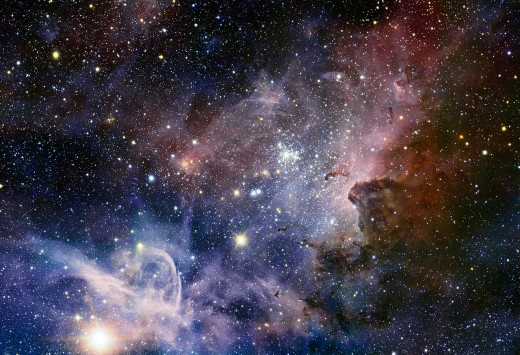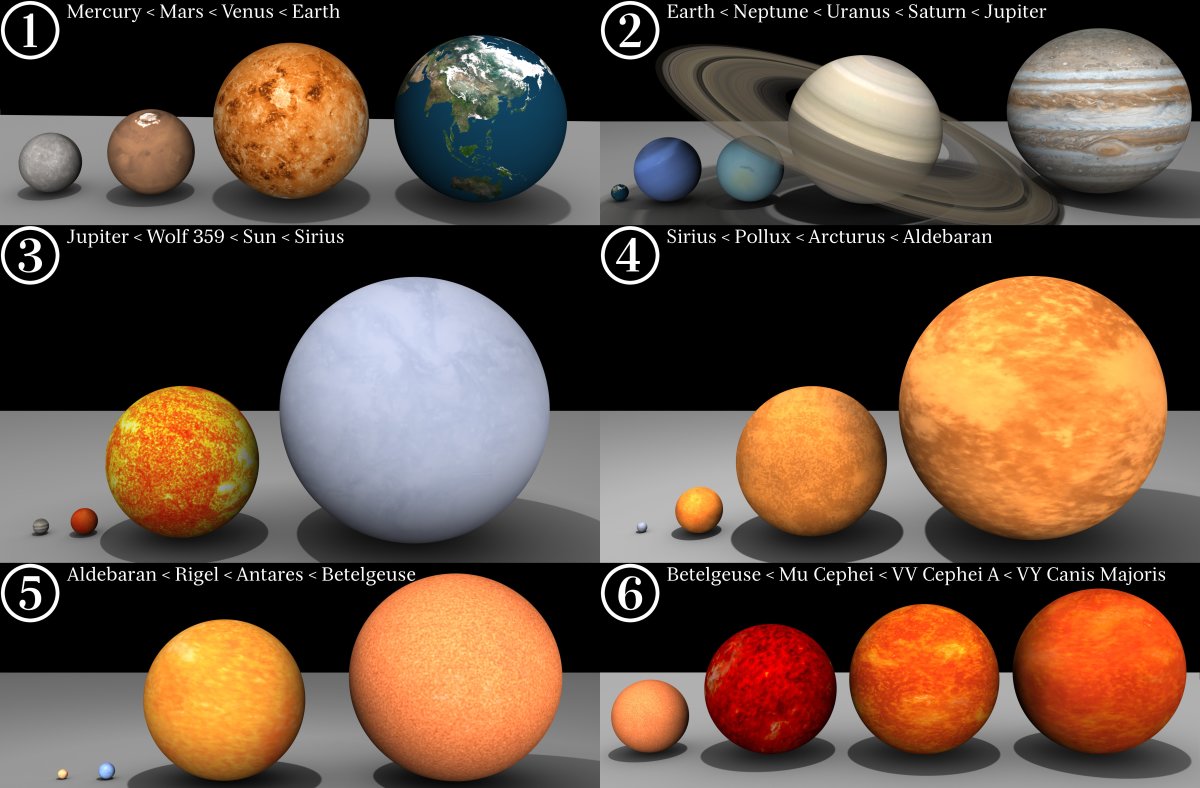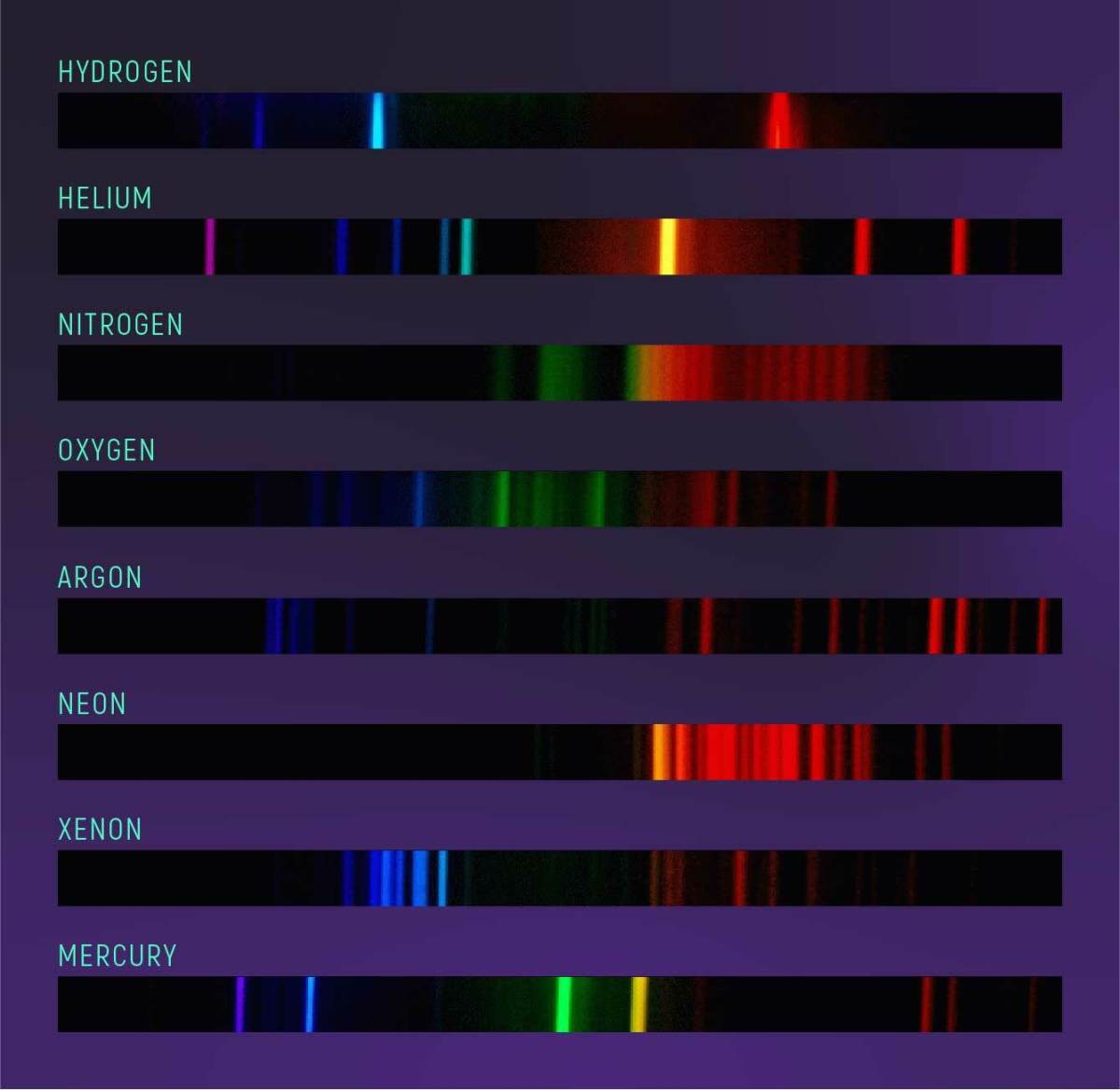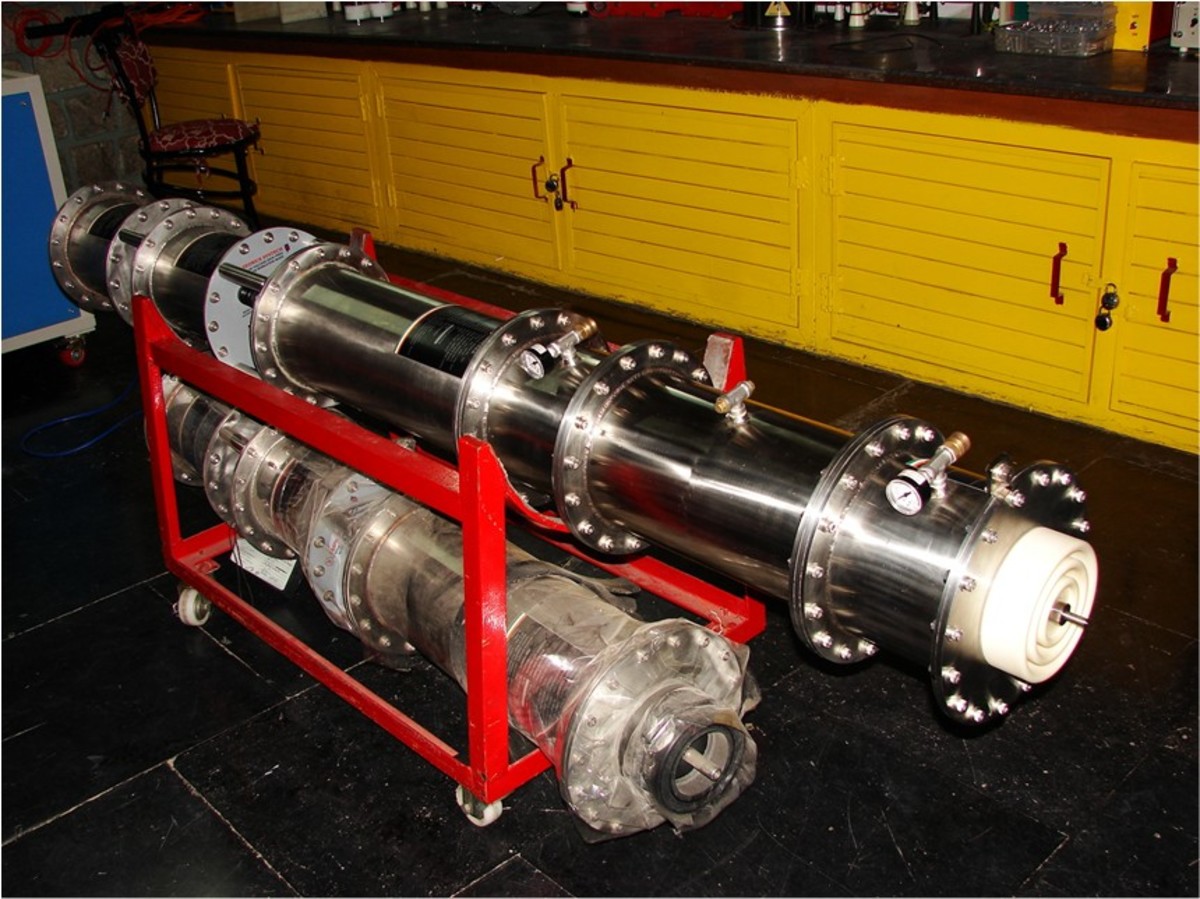Special Relativity: Gravitational Unity

Chaos Creator
11/30/2014
Special Relativity: The After Math
Imagine the simplicity in which Albert Einstein brought us Relativity. For these ideas seem simple and elegant today. Well here today I stand inviting you on an elegant imaginative journey through space-time. Einstein imagined all types of odd things happening as one approaches the speed of light. Mass increase, length contraction, time dilation all of which are out of this world. Being the driving force of movie-mind-blenders like Interstellar.
I want to take a journey to discover what actually happens when light-speed or hyper-space is achieved. I would use this to explain the force of gravity. All within current physics standards, I hope to shed light into optics, quantum physics and other anomalies of the universe.
Light-speed is a tough journey, Einstein himself even said it impossible. To support his theories, the speed of Light must always equal "C." This is the cause of the funky effects predicted in the Lorentz equations, because it's all relative to the "observer." Beautiful piece of information, the "observer," I might add. Einstein's greatest gift could be argued to be E = MC^2. Which in staring at the poster ALBERT EINTEIN "E = MC^2" by David Garibaldi I began my journey.
The equation E = MC^2, is the mass-energy equivalence, to determine the energy of a giving mass or vice versa. The important piece of this equation is that "C" is the constant speed of light. It is actually one of Einstein's original postulates:
"The Principle of Relativity The laws of physics are the same in all inertial reference frames.
The Constancy of the Speed of Light Light moves through a vacuum at a constant speed c that is independent of the motion of the light source(Carroll 88)."
I want to move to the speed of light, but the Lorentz equations say I will increase mass, thus increasing the energy needed to attain "C." An infinite loop that doesn't make sense, specially when the "observer" does not observe himself gaining this mass, but the universe around him changing with accordance to those damn Lorentz equations.
Imagination Time
'"I still can't see how he thought of it," the physicist Richard Feynman once said of Albert Einstein's theory of general relativity(Moyer 13)."
That's right, the observer never does attain that mass. The observer must measure the total energy of his system remaining the same. This led me to three of mine own postulates.
Principle of Gravitational Unity The inertial reference frame is constant.
Time-Space Parallel The velocity of Time-Space is paralell to "c," the speed of light.
Universal Mass Quotient The speed of light "c" increase with mass "m."
In correlation with Einstein's most famous equation E = MC^2 if energy is the same, then mass must be the same. Hell, even "C" is the same for the "observer," because of Einstein's original postulates in relativity. The greatest point I believe in General Relativity, is that motion cannot be felt. So how fast are we really going? You could postulate the rate of universal-expansion. How about this.
The "observer" is moving through times space paralell to "C" and that there is a Ctrue. C is now my variable. The energy in the "observers" system must be constant. The next key piece is the M or mass of the system is also a constant ratio to the universe. MTrue = 1/M. This means the further from the "observer," the greater the accuracy of the measurement but the smaller percent of the universe. This also assumes that the "observer" itself is the universe or the inertial-reference frame.
A lot of things happen here. With the equation E = MC^2, energy can be observed. E and M must now become the constants to find CTrue. The equation E = MtrueCtrue^2 is used to find CTrue.
E = MC^2
E = (1/M)C^2
√[E/(1/M)] = Ctrue
With Ctrue, the "observers" current velocity can be calculated. This is also the acceleration needed to achieve "C" for the observer. Still the "observer" or the inertial-reference frame itself cannot record it's true speed, though it is more accurate as the system itself grows. Another small piece of this imagination, the greater the inertial-reference frame observed-even through a telescope like The Hubble Space Telescope, the higher the variable Ctrue becomes. The inertial-reference frame observed, must observe C a constant. This causes an extremely high velocity of the mass to be moved, causing speeds observed in universal-expansion. This causes observed length contraction in optics. Length contraction may be the entire illusion of angle. Mass accumulation can be observed as well and even time dilation.
With
(Ctrue - C)/(T2-T2)
an acceleration "A" can be found.
using
F = MA
but using Mtrue = M
This creates the limit
14MN < F < 300MN.
14MN is relatively easily achieved in rockets, but the current rocket fuel adds far to much mass - for the force required exponentially approaches the limit 300MN. The only force capable of creating this naturally is gravity itself. This force is the consistent force necessary to achieve light-speed or hyperspace or even what I call Unity.
Now one must ask what is Unity? First at the limit within 14MN < F < 300MN or now what shall be called the Lorentz Limit. At 14MN the effects of the Lorentz equations will be observed until the calculated force is achieved. At the very limit the "observer" will observe the universe wrap in front around and behind itself. Essentially turning inside out, the mass will have accumulated around and then punch within the "observer." View the movie Interstellar to observe similar effects. Approaching the calculated limit will cause time to dilate infinitely. What essentially happens is the universe collapses into the "observer" or inertial-reference frame. The inertial-reference frame becomes the universe. Thus Unity.
Remember how I said gravity is the only force capable of creating forces greater than 300MN. Stars are fueled by gravity, even collisions in space are fueled by gravity. Well the "observer" who has attained Unity must decelerate out of Unity. Being Unity means the "observer" or the "system" is the universe, so how do you locate a point in time space when you're time space?
Using
F = MA
The rate of negative acceleration will determine location. The initial change in force used in deceleration will cause the inertial-reference frame to exit Unity spilling excess energy. In this universe, E must remain the same in the "observer'" system. This means the point in which the "observer" exit's unity must contain excess mass and/or energy. The locations in which "unity" is exited are literally star systems. This happens in an instant, but due to time-dilation the energy may spill out over billions of years. Stars are Unity spilling energy. The mass that is spilled out is affected by the Lorentz Limit, thus it approaches infinity. Black holes can be viewed as Unity, absorbing energy necessary to remain at unity, only it is dilated to our inertial-reference frame.
See gravity as a location in space-time, points of Unity. Even planets can be considered waves made by small errors in calculations. This means points of gravity are constants in time-space, unaffected by time dilation, length contraction or mass-accumulation for it is within constant ratio with universal-gravitation in respect to the "observer." Gravity affects things instantly, between ALL things. It is directly related to Unity.
Universal expansion is also measured at speeds of 73.8 km/sec/Mpc. This is a change in speed the further one observes into the Universe. This speed of time-space can and will go above observed "c." I postulate light is a variable along with time-space mass and this is the expansion observed. It is also the cause of everyday optics and angles, one looking at a building in the distance is viewing a large portion of the universe.
Things to note in conclusion. Entering Unity ensures the "observer" will exit at the same "time" in space. Because of this, the worry of traveling infinitely into the future is neglected. The only needed information is E and Mtrue to calculate the force needed to enter Unity. E and Mtrue of a "system" is also needed to locate on exiting Unity. No time will have passed at all, meaning instant transmission. Think electrons needing a specific force to jump fields, or it will disappear in time or contraction. Within the Lorentz Limit Unity will be achieved and the electron will exit in a new field.
Works Cited
Carroll, Bradley W., and Dale A. Ostlie. "The Theory of Special Relativity." An Introduction to Modern Astrophysics. San Francisco: Pearson Addison-Wesley, 2007. 84-111. Print.
Moyer, Michael, ed. "Great Scientists The Geniuses, Eccentrics and Visionaries Who Transformed Our World." TIME 30 Jan. 2015: 13+. Web.
Spergel, M., and W. Freedman. "How Fast Is the Universe Expanding?" WMAP- Expansion of the Universe. NASA, 24 Jan. 2014. Web. 11 Dec. 2014.
© 2014 Chaos



